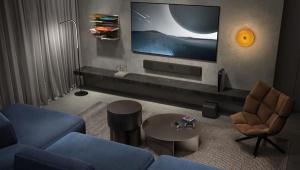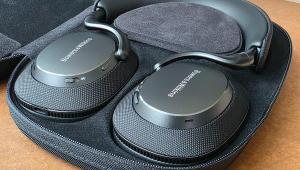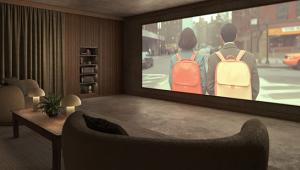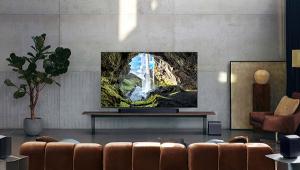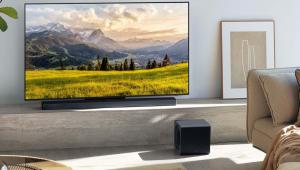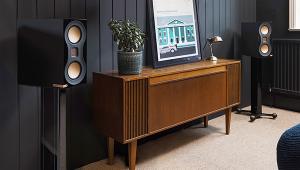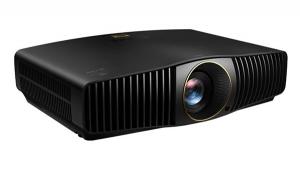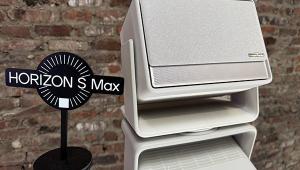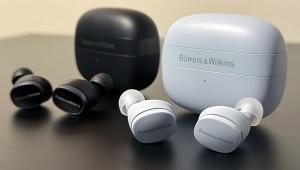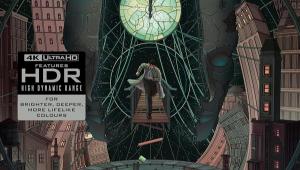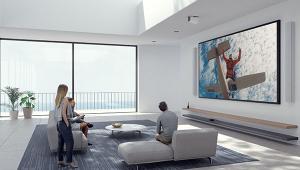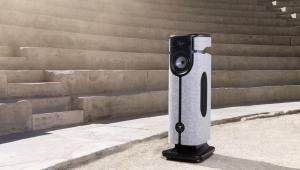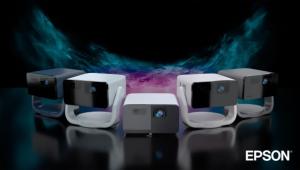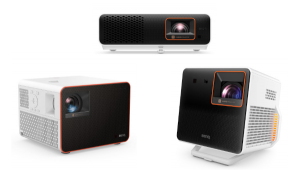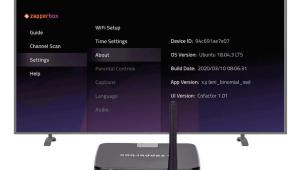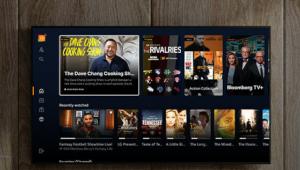Acoustic Energy Radiance 1

| Key Features |
| $4,400 Acoustic Energy |
| • Radiance 1 ($1,200/pair) 51?4-in aluminum-cone woofer, 11?2-in ring-radiator with integral waveguide, 125?8 x 93?4 in x 73?8 in; 171?2 lb • Radiance Centre ($800) Two 51?4-in aluminum-cone woofer/mid-driver, 11?2-in ring-radiator with integral waveguide; 73?8 x 173?4 x 113?4 in 71?2 lb • Radiance Sub ($1,200) 10-in (nominal) cone woofer; 200-watt amplifier; 16 x 141?4 x 14 in; 371?2 lb |
British speaker makers have a long, creative history of producing small but excellent-sounding two-way designs. (The origin myth of this tradition has less to do with the cozy dimensions of British parlors than with the BBC, which in the mid-1970s standardized on a single small-monitor design and then licensed it for manufacture.) One of the less widely known Brit brands on these shores is Acoustic Energy, though the name is familiar enough among audiophiles, mostly for its AE1 design of about a decade back. That relative new-world anonymity may change, however, with the arrival of AE's new Radiance line - which includes a small twoway design, of course - conceived for multichannel home theater needs as much as for the traditional two-channel listening so closely associated with British speakers.
The Radiance family includes two relatively larger tower models, but at AE's suggestion I sampled a system centered on the Radiance 1 bookshelf-type two-way for both front and surround duties, with the Radiance Centre for the, well, "centre" - or center channel, as we colonials have it - all supported by a Radiance subwoofer with a 10-inch driver.
On first look, the AEs radiate a rather modest appearance: plain but nicely wood-finished, with boat-tailed cabinets, metal-diaphragm 5¼ -inch woofer/midrange drivers (the Centre is a "two-and-a-half-way" alignment, meaning one such driver runs full bass-midrange, and the other as a pure woofer), and nifty, magnetically fixed grilles. The firm's Radiance tweeter is a bit less conventional. In place of the more usual 1-inch dome, AE employs its own design, a ring-radiator set within a waveguide (a sort of shallow horn that affects only higher frequencies). This arrangement is claimed to yield tighter integration of the woofer and tweeter's dispersion characteristics, and thus more consistent spatial response (a holy grail among speaker designers, at least according to one school of speaker design thought).
The very compact Radiance sub includes the usual level and crossover-frequency controls but adds a single-band parametric equalizer. This cutonly fixer lets you dial down as much as 12 dB of attenuation at a single frequency, with continuously variable knobs for frequency, "Q" (bandwidth and steepness), and notch attenuation.
SETUP
Unpacking and installing the comparatively lightweight Radiance speakers was quick work. Both models have dual multiway metal binding posts, which biwirers will surely applaud. The set of Radiance 1s designated as the surrounds went on my usual high shelves flanking the couch, while the subwoofer sat in my well-worked-out sub spot to the left of the left-front channel. The Radiance 1s proved rather directional at high frequencies (that waveguide!), so careful attention to toe-in and height during setup paid dividends.

